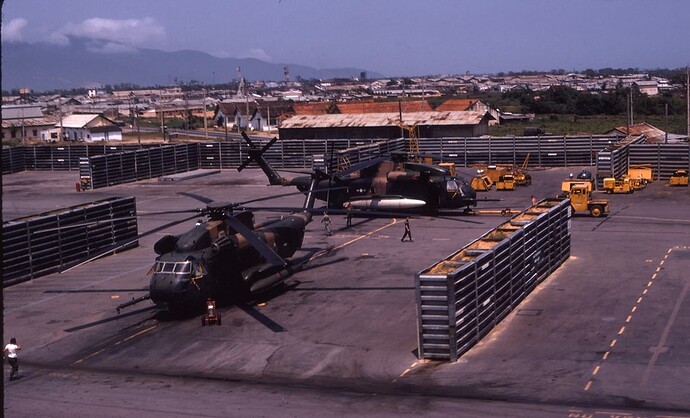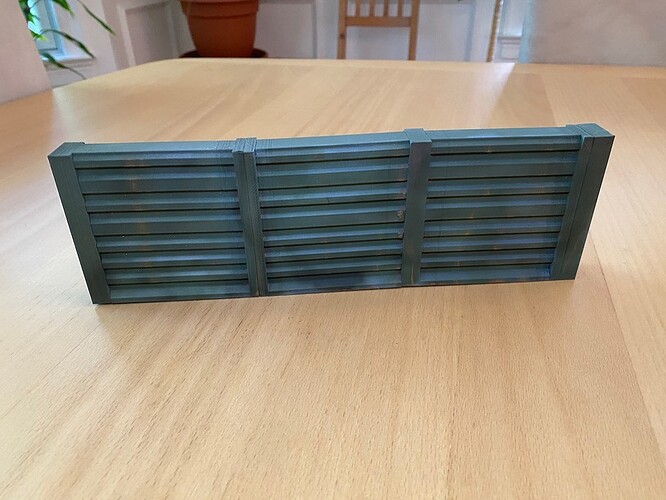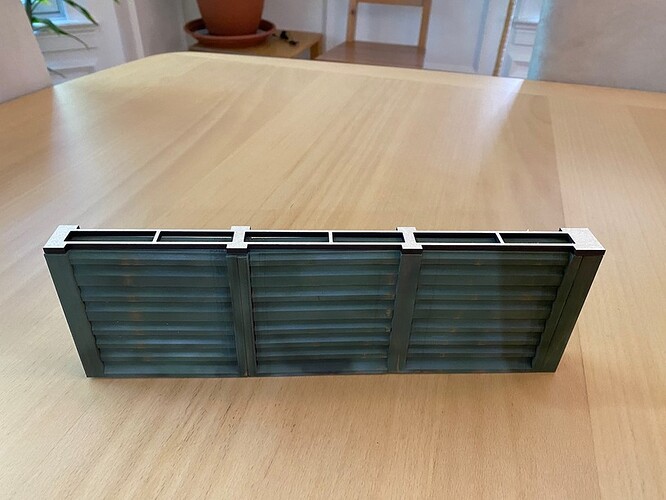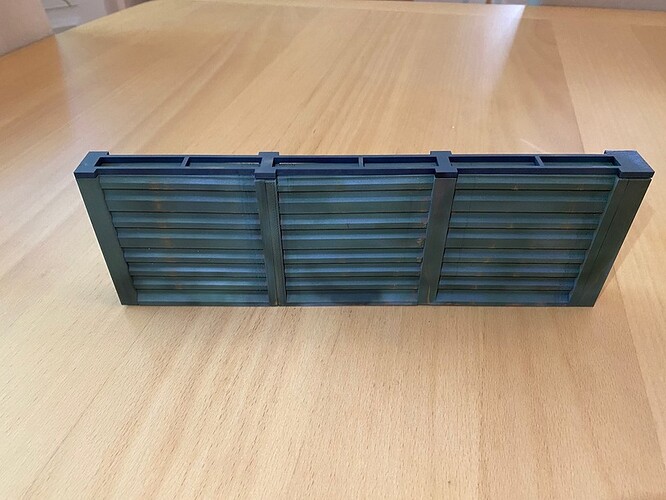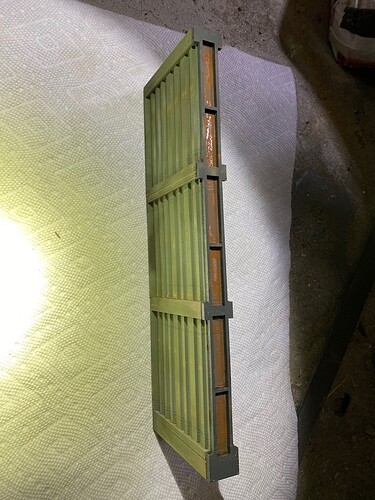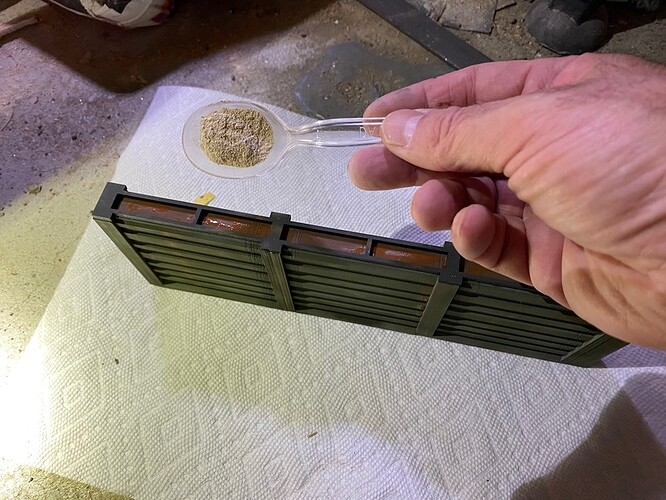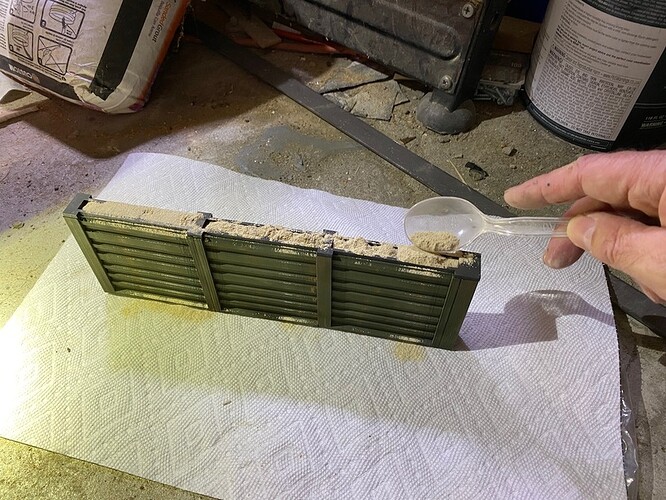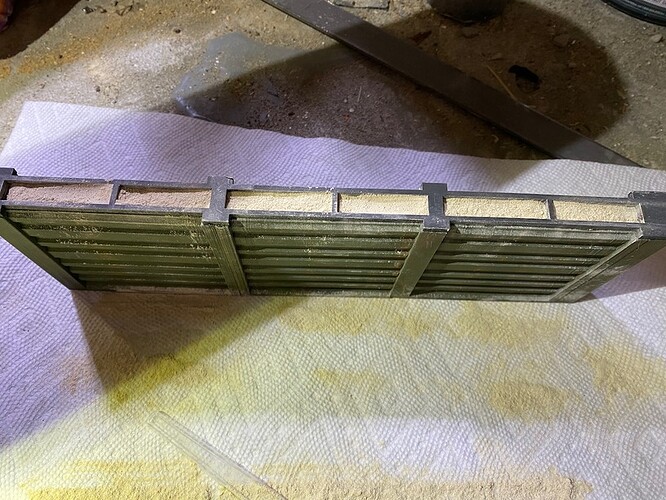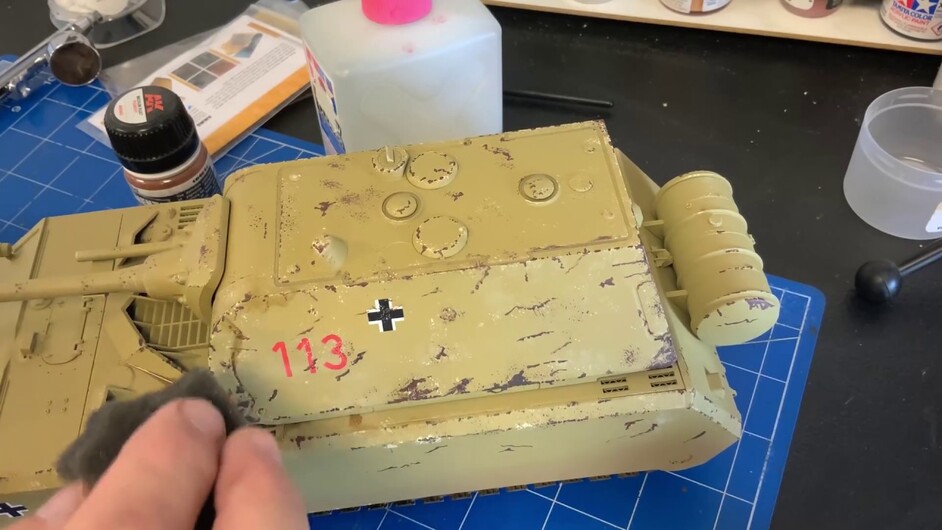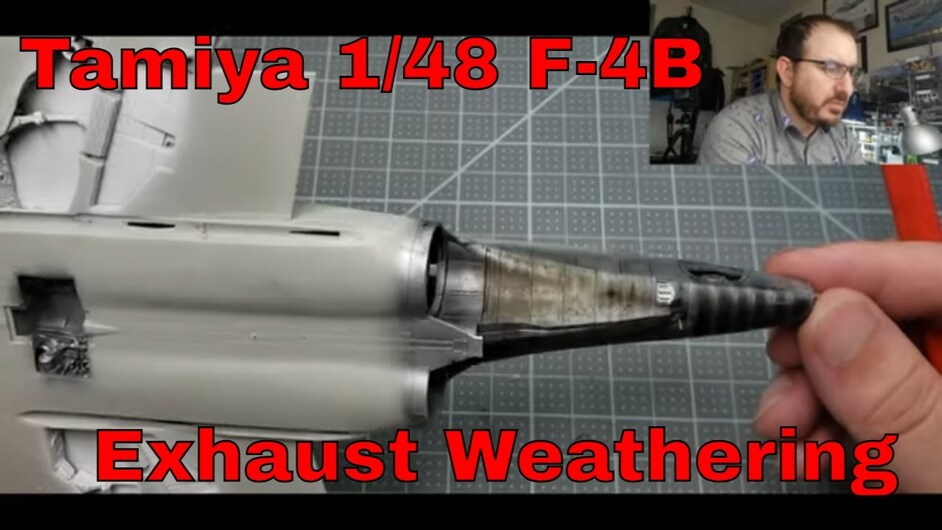After the Howitzer Diorama that my niece loved, I decided to go to the planes of my youth which was during the Vietnam War, so the planes I mostly associate with the war were the A1-H Skyraider, F-105 Thud, and of course the F4B Phantom. I decided to start with the Skyraider, as I have always viewed those pilots as some of the most heroic pilots to fly in our military, often returning with tree branches in their bomb racks as they flew escort missions as the “Sandy” planes for the “Jolly Green” rescue helicopters; it was often noted that no “Sandy” ever paid for drinks at a bar, and everybody I knew who flew in Vietnam regarded the as both crazy and heroic. Flying below treetop level to make an armored fist protecting the downed flyer.
As making an actual flying diorama is insanely difficult, I chose the “easier” route of the diorama on the base. This has of course turned into the ongoing saga of my Da Nang Airbase/A1-H Skyraider build, I have had the wonderful pleasure of using both @davidgal2 and my cousin Bill who both served in Vietnam, although my cousin served at An Khe. I have struggled for reliable reference photographs that aren’t either terrible quality or faded kodachrome images that distort the colors beyond belief. Recently I found this image on Wikimedia of the Jolly Greens of the 37th Air Rescue Squadron that were the helicopters that were escorted by the Skyraiders to retrieve downed airmen. In in this both remarkably clear and unusual viewpoint (I have no idea what the guy was standing on to take the photo), but I was shocked to discover the Revetment walls were not solid, but were filled with dirt and open on the top.
Well, that was a shame since they were already 3D printed (not a big deal) and painted and weathered (OK, that’s a bigger deal).
But I realized that nobody else can tell that the dirt is only a few mm thick if I put a cap on top that holds the “dirt”. So off to CAD, and then cut a piece of Draftboard (is there anything draftboard can’t do?)
Next we needed base paint to match the revetment walls. which I mixed up (refractive green, merdec brown and some nato black). Of course like any real world object uniformity is bad, so a little variation in the color is realistic. But the time I’ve added bird droppings, rust and oils stains you won’t notice anything
Next we have to put down a base brown coat in case there is a thin spot in the “dirt” we don’t want the plastic showing through, so some Merdec brown works nicely here. Again not perfect on purpose.
Now for “dirt”, I have found that while there are commercial dirt products that nothing honestly works better than sanded grout. Plus it is adhesive on its own once you wet it, so you fill the area and put some drops of water on it. The key here is unlike in your bathroom tile you don’t want the surface too smooth.
When the grout is dry it will get stained with a wash of earth tones to make it more like dirt dug up on the side of the base and dumped in by a front loader rather than playground sand. I will some tiny gravel (used for model train rail beds) to give it some texture then will finally have the Revetment part done. I also noted in that new photo there were a few weeds in the dirt, so I will get that. I unfortunately have to redo the base because I mis measured and the revetment hangs off the back (and not in an artistic way like the howitzer did, more like oh you can’t measure correctly. So a quick cut of some 1/2" (12mm) MDF with some concrete paint on top and then re-airbrush the ramp markings in Chromic Yellow using the laser cut stencil I made. and that will be finished. Oh and I guess I better finish the plane too (I’ve been busy so hadn’t finished the armament and once that’s all done we can finish this up and move on to the Phantom.
I am very excited that I will be joining my son out at OshKosh (at AirVenture 2023) where I know there are several actual flying Skyraiders so I can get some reference photos myself of where grime and oil stains are (that’s what sells a model).
